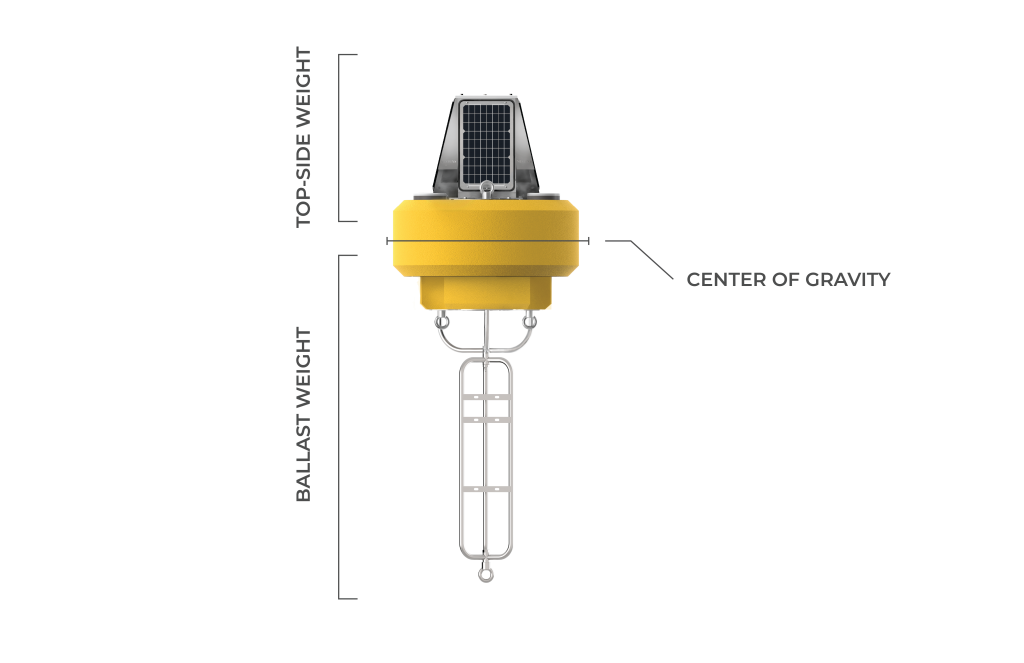CB-Series Data Buoy Ballast Weight & Stability
Ballast weight may be needed to prevent overturning a CB-series buoy system and ensure stability in the water. The center of gravity of NexSens CB-Series buoys is near the water surface without instruments connected. Therefore, any top-side weight added above the water’s surface (e.g., sensors, sensor mounts) must be appropriately counterbalanced by ballast weight below the surface (e.g., instrument cage, chain, anchors, etc.). Before deploying a buoy system, some experimentation may be required to balance the system properly.
Top-Side Weight
Top-side weight is any weight mounted on the buoy above the water surface or the buoy’s center of gravity. Weight located further from the buoy’s center of gravity will cause greater instability of the buoy. For example, suppose a weather sensor is mounted 36″ above the water surface (Figure 2). In that instance, the sensor mount will cause more buoy instability than mounted 24″ above the surface (Figure 3). As a result, the buoy would require more subsurface ballast weight to counterbalance.
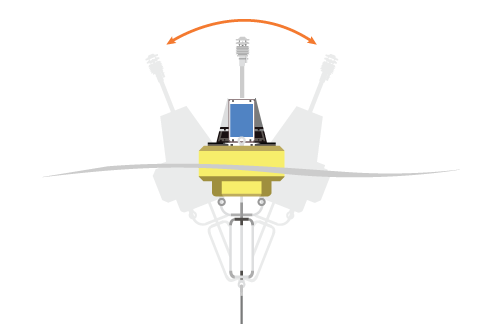 Figure 2: Top-side weight mounted higher | 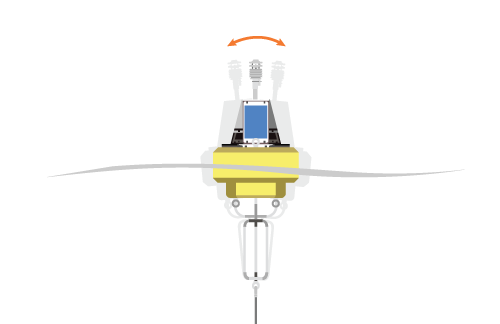 Figure 3: Top-side weight mounted closer to the water surface provides more stability. |
Ballast Weight
Ballast weight is any weight mounted on the buoy below the water surface or the buoy’s center of gravity. Contrary to top-side weight, a ballast weight added further below the surface (Figure 4) will provide a more significant stabilizing effect than the same size weight mounted closer to the surface (Figure 5). An instrument cage mounted to the buoy frame helps stabilize the buoy and provides a deeper location for mounting additional weight. For single-point mooring configurations, mooring chains and lines connected to the bottom of the cage may provide adequate ballast. For multi-point configurations, the mooring hardware does not contribute to the ballast weight. If needed, add ½ inch galvanized chain (~2.3lb/ft) to the bottom of the cage, or utilize NexSens ballast weights that can be added to the cage in specific applications.
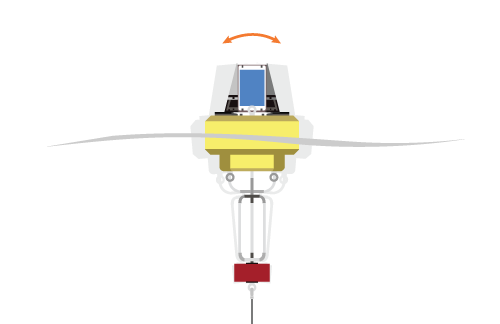 Figure 4: Ballast weight mounted deeper below the surface provides greater buoy stability. | 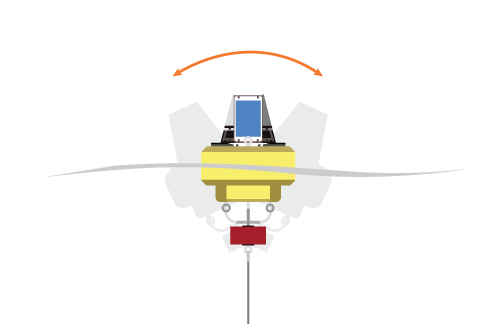 Figure 5: Ballast weight mounted closer to the surface causes greater buoy instability. |
NexSens CB-series buoy data wells are not rated for submersion, so proper ballast weight is critical to ensure that the buoy does not overturn, including when subjected to additional loading (e.g., high wind/waves, periodic snow/ice loads, etc.).
For information on NexSens CB-Series buoy ballast weight recommendations, follow the link below.
NexSens CB-Series Buoy Ballast Weights

